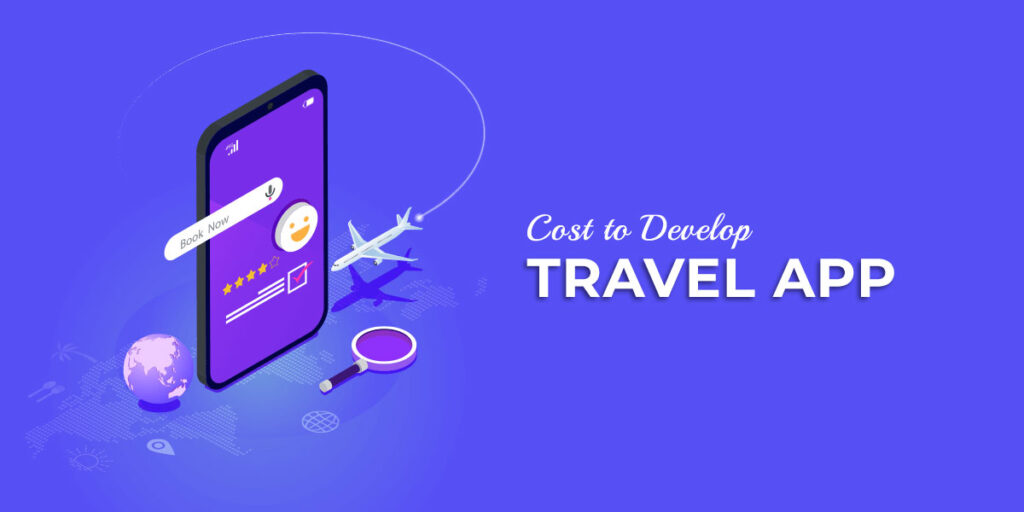The rise of ChatGPT and other general-purpose generative AI models has captivated the world, showcasing the incredible potential of artificial intelligence to create, communicate, and innovate. While these off-the-shelf solutions offer impressive capabilities, smart businesses are now looking beyond the hype to a more strategic frontier: custom generative AI models.
These tailored AI solutions, built or fine-tuned for specific business needs, are proving to be the real game-changer, offering a depth of value that generic models simply cannot match.
Why Go Custom? The Limitations of One-Size-Fits-All
Think of ChatGPT as a brilliant, highly versatile generalist. It can write essays, summarize articles, brainstorm ideas, and even generate code across a vast array of topics. However, its broad training means it lacks deep, specialized knowledge. For a business, this can translate to:
- Generic Outputs: Content that doesn’t fully align with your brand voice, industry jargon, or specific customer nuances.
- Data Privacy Concerns: Relying on public models can raise serious questions about the security of proprietary data fed into the system.
- Lack of Specificity: In highly regulated industries like healthcare or finance, a general model may struggle with accuracy or compliance.
- Limited Integration: Off-the-shelf solutions may not seamlessly integrate with your existing complex internal systems and workflows.
- “Hallucinations” and Inaccuracies: While improving, general models can still generate factually incorrect or misleading information, especially on niche topics.
The Unlocking Power of Custom Generative AI
Custom generative AI models overcome these limitations by being built with your business at their core. Here’s where the real business value lies:
- Hyper-Personalization at Scale: Imagine generating marketing copy that speaks directly to individual customer segments, product descriptions that highlight unique selling points for specific audiences, or customer service responses that sound exactly like your best human agents. Custom models, trained on your proprietary data (customer interactions, sales history, brand guidelines), can achieve an unparalleled level of personalization, leading to increased engagement, conversion, and customer loyalty.
- Unlocking Proprietary Data Insights: Your internal data—from historical sales figures and R&D reports to internal communications and customer feedback—is a goldmine. Custom generative AI can be trained on this unique dataset, allowing it to:
- Automate complex data analysis: Summarize vast reports, identify trends, and generate actionable insights far faster than human analysts.
- Forecast with precision: Leverage historical patterns to predict market shifts, customer behavior, and even potential supply chain disruptions.
- Generate synthetic data: Create realistic, anonymized datasets for training other AI models, crucial in privacy-sensitive sectors.
- Streamlined Operations and Enhanced Efficiency: Repetitive, time-consuming tasks are prime candidates for custom AI automation. This includes:
- Automated content creation: From legal documents and internal reports to product specifications and training manuals, significantly reducing manual effort and accelerating cycles.
- Intelligent customer support: AI-powered virtual agents and chatbots, fine-tuned on your knowledge base, can handle a higher volume of complex queries with human-like precision, freeing up human agents for more critical issues.
- Accelerated product development: Generate design options, prototypes, and even code snippets, drastically shortening ideation and development timelines.
- Domain-Specific Accuracy and Compliance: For industries with specialized language and strict regulations, custom LLMs are indispensable.
- Legal and financial institutions: Generate customized contracts, analyze complex regulatory documents, and produce detailed compliance reports with high accuracy and adherence to specific legal frameworks.
- Healthcare: Extract insights from medical records, assist with diagnoses, and generate patient-specific information, while ensuring data privacy and compliance with healthcare regulations.
- Competitive Advantage and Innovation: By developing AI capabilities uniquely aligned with your strategic goals, you gain a significant edge. Custom generative AI can foster:
- Novel product and service creation: Generate ideas for new offerings or optimize existing ones based on deep market understanding.
- Unique customer experiences: Deliver services and interactions that competitors using generic tools simply cannot replicate.
- Faster decision-making: Real-time insights and predictive analytics empower leaders to make more informed and agile decisions.
The Path Forward: Investing in Your AI Future
While the initial investment in developing custom generative AI models can be substantial, the long-term ROI is proving to be immense. This isn’t just about saving costs; it’s about fundamentally transforming how businesses operate, innovate, and connect with their customers.
The journey to custom generative AI involves:
- Defining clear business objectives: What specific problems do you want to solve?
- Assessing data readiness: Do you have the high-quality, relevant data needed for training?
- Choosing the right development approach: Fine-tuning existing powerful models or building from scratch.
- Prioritizing security and ethical considerations: Ensuring responsible and compliant AI deployment.
- Continuous monitoring and refinement: AI models evolve, and so should your custom solutions.
Beyond ChatGPT, the true power of generative AI lies in its ability to be shaped and molded to fit the unique contours of your business. By investing in custom generative AI, companies are not just adopting a new technology; they are building a powerful, intelligent engine for their future growth and competitive success.




